1966 Ducati 160 Monza Jr
Ducati 160 Monza Junior
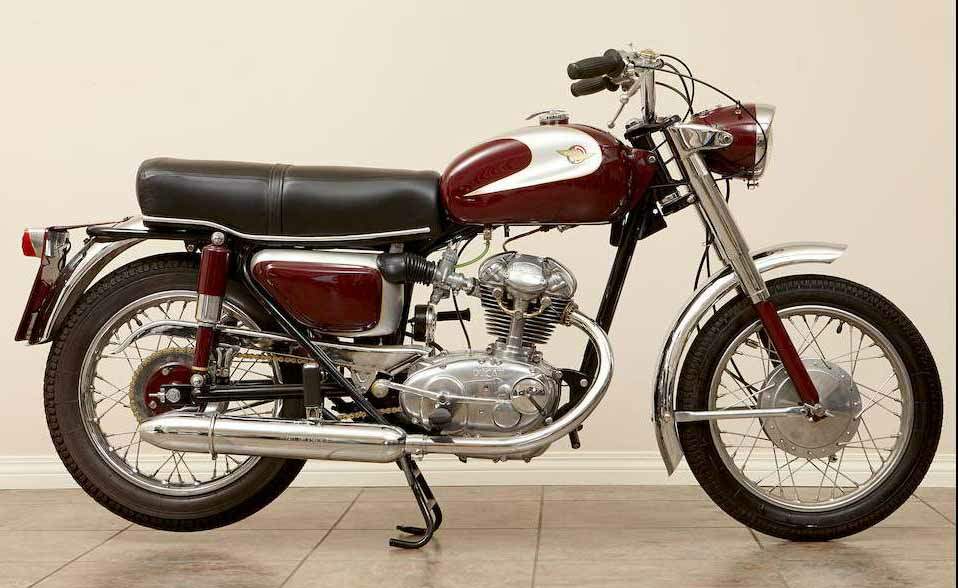
| Make Model | Ducati 160 Monza Junior |
| Year | 1964 - 67 |
| Engine | Air cooled, four stroke, single cylinder, OHC, 2 valve per cylinder, bevel gear driven |
| Capacity | 156 cc / 9.5 cu in |
| Bore x Stroke | 61 x 52 mm |
| Compression Ratio | 8.2:1 |
| Co oling System | Air cooled |
| Lubrication | Dry sump |
| Induction | Dell'Orto UB22BS |
| Ignition | C oil, 6V 28W generator |
| Starting | Kick |
| Battery | SAFA 7Ah |
| Max Power | 6.9 kW / 9.5 hp @ 8000 rpm |
| Clutch | Multi-plate, wet |
| Primary Drive Ratio | 3.000:1 |
| Transmission | 4 Speed |
| Final Drive | Chain |
| Gear Ratios | 1st 2.75 / 2nd 1.65 / 3rd 1.18 / 4th 0.97:I |
| Final Drive Ratio | 2.875:1 |
| Frame | Single cradle |
| Front Suspension | Telescopic front fork, hydraulic damping, Marzocci |
| Rear Suspension | Swingarm, dua shocks, 3-way adjustable |
| Front Brakes | 158 mm Drum |
| Rear Brakes | 136 mm Drum |
| Front Tyre | 2.75 -16 |
| Rear Tyre | 3.25 -16 |
| Dimensions | Length: 1980 mm / 78.0 in Height: 930 mm / 36.6 in |
| Wheelbase | 1330 mm / 52.4 in |
| Seat Height | 760 mm / 29.9 in |
| Dry Weight | 1964: 106 kg / 234 lbs 1965-67: 108 kh / 238 lbs |
| Fuel Capacity | 13 L / 3.4 US gal / 2.9 Imp gal |
| Top Speed | 1964-65: 102 km/h / 63 mph 1966-67: 113 km/h / 71 mph |
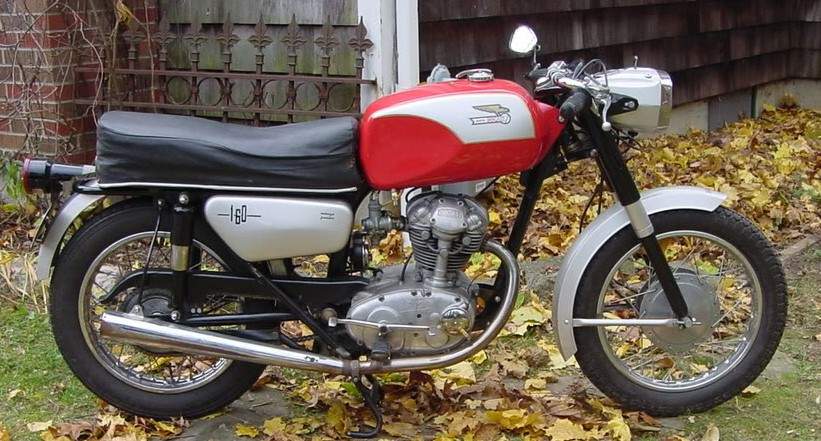
1967 Motorcycle Review
THERE is only one thing like a Ducati�another Ducati. These little Italian overhead-camshaft bikes have an appearance and performance which is entirely their own.
A potent-looking, revvable and willing cammy engine unit combines gracefully with a taut, race-bred frame and front fork which give faultless handling. Latest of the stable, the touring 160 Monza Junior, is no exception. If anything it is one of the pleasantest Ducatis ever. The sit-up riding position and the large, well-padded dual seat bring this machine out of the traditional Ducati rut of spartan comfort.
Unlike the ultra-sporting versions of this single-cylinder engine, that of the Monza 160 is remarkably tractable and fuss-free.
Starting is first kick every time provided the carburettor is lightly flooded. The handlebar-operated air slide can be opened as soon as the engine has warmed up for a few seconds.
Anyone with previous experience of Ducatis is likely to be surprised when he rides the Monza Junior. It is such an accurately scaled version that every charactristic of the engine scream Ducati.
The rhythmic beat of engine is so familiar and at the same time, rather ingruous when its smaller capacity is remembered. With its lively throttlere sponse and quick getaway Monza proves itself a thoroughbred. The acceleration is only marginally slower than that of the sports two-hundred tested last August.
At all times this light, handleable machine with its useful acceleration proves more than a match for the rat race of London traffic. The smooth gear change and the exceptionally pleasant clutch help to make it an ideal commuter.
Yet the Monza is also at home on the open road. It will get you anywhere in comfort, although it is not exceptionally fast. For normal riding, a cruising speed of between 50 and 55 mph is easily maintained and, when conditions are favourable, close on 70 mph is possible with no sign of distress. Just the steady beat of the engine - although at 70 mph, with 8,500 revs up, it is certainly a high-pitched, communal beat!
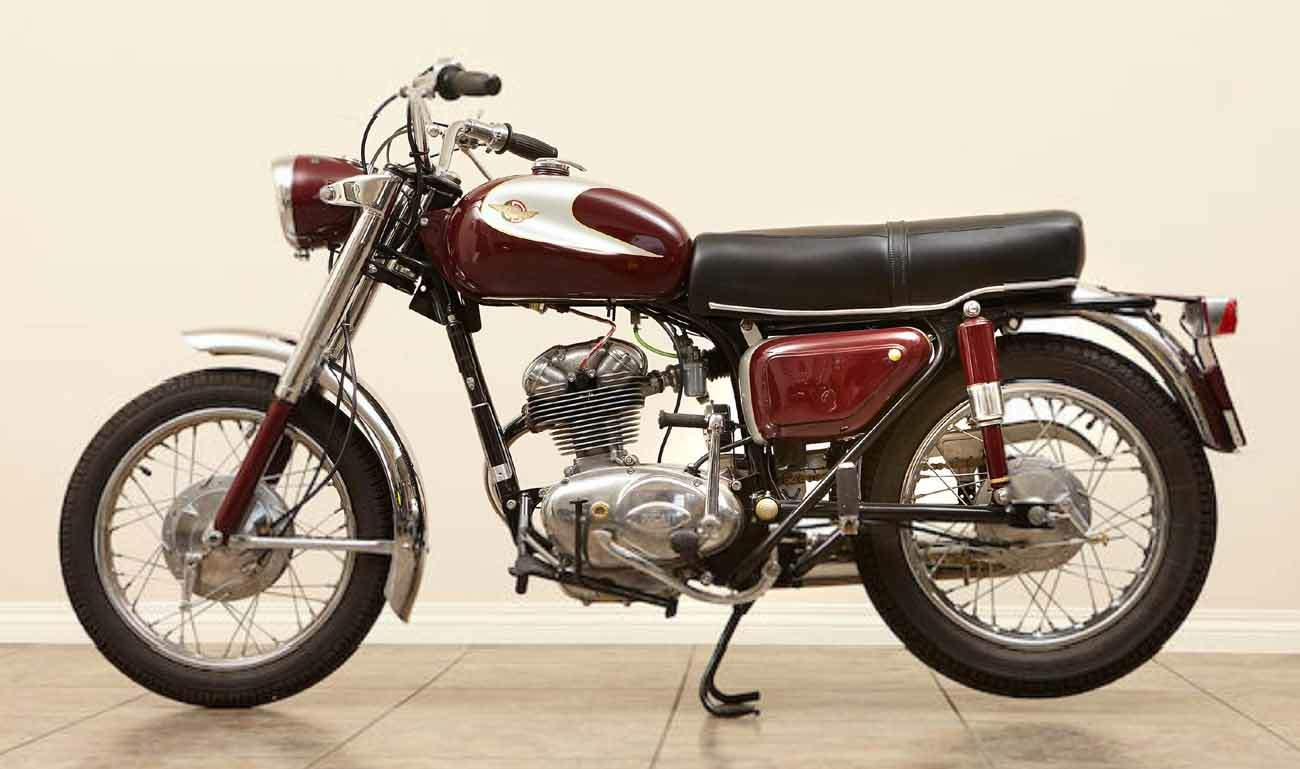
Gone are the days when Mike Hailwood used to ace it around the circuits on his Ducati. But those racing years have left an indelible imprint on the handling. In very few cases can race breeding have produced such satisfying long-term results. The bike handles beautifully. With well-damped suspension and precise steering, it can be taken through fast, bumpy bends with no trace of weaving. Add this handling to the comfort, and to the convenience of the various controls, and it is easy to see why the Monza Junior is such a ride-able bike.
A nippy machine with good handling needs good brakes. Those of the Monza are excellent. The 28ft 6in braking distance from 30 mph shows that only too well. Both brakes are progressive in action and were fade-free during the test. dark roads is limited to about 50 mph.
Economy is always expected with a small-capacity four-stroke and it is no surprise to find the Monza returning an overall consumption of 90 to 100 mpg.
The engine was even more sparing with oil; the container, integral with the engine, needed no topping up throughout the test.
The design and appearance of the Monza Junior is sporty and pleasing to the eye. It is the sort of bike of which any enthusiast would be proud, and it will add a dash of adventure to any humdrum daily commute.
In its red, black and silver colour scheme it adds a welcome sparkle to the-scene, too. However, the general finish could be improved. The design and polish of the light-alloy castings is excellent - well above average, in fact - but the enamel seems barely adequate to suffer the rigours of the usual British winter without more attention than the average rider is inclined to give it.
Another small point was the inaccuracy of the speedometer. In mid-range it was as much as 20 per cent fast, although at 30 mph and over 60 mph the error was down to about 10 per cent.
Basically the Monza Junior is a delightful machine; it is, perhaps, best suited to town woi;k but copes happily with touring. Take excellent comfort, handling and performance, mix well, and you have a true pen-portrait of the Monza Junior.
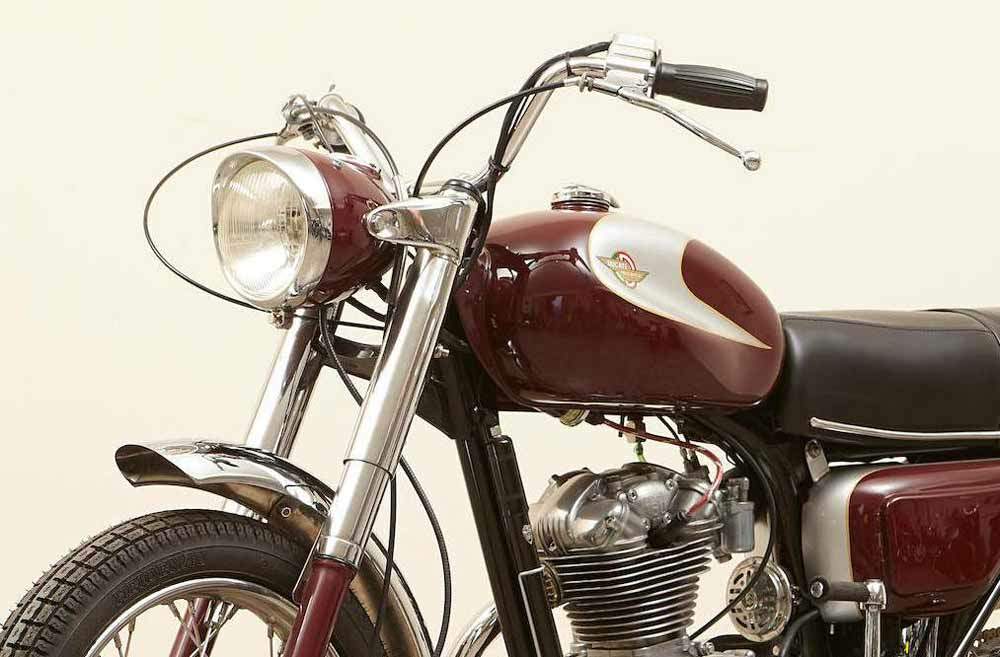
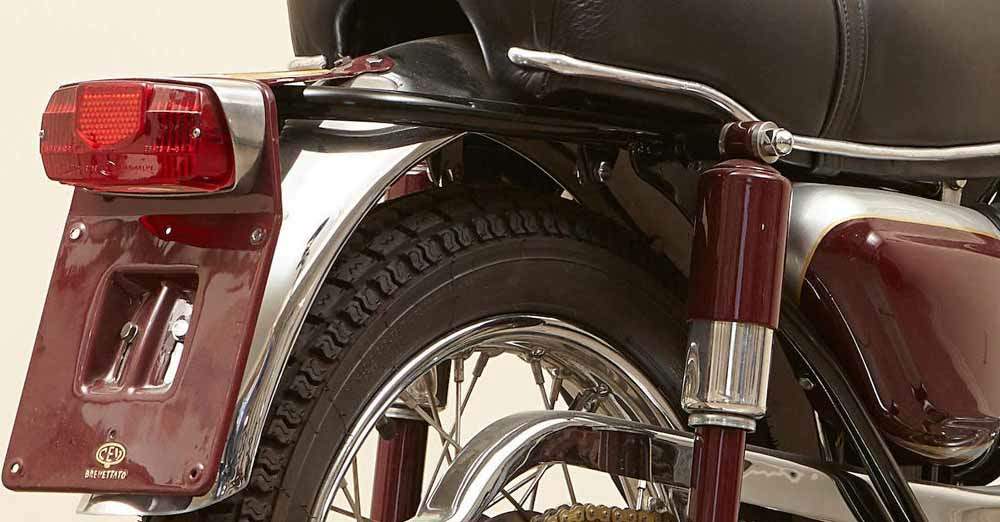
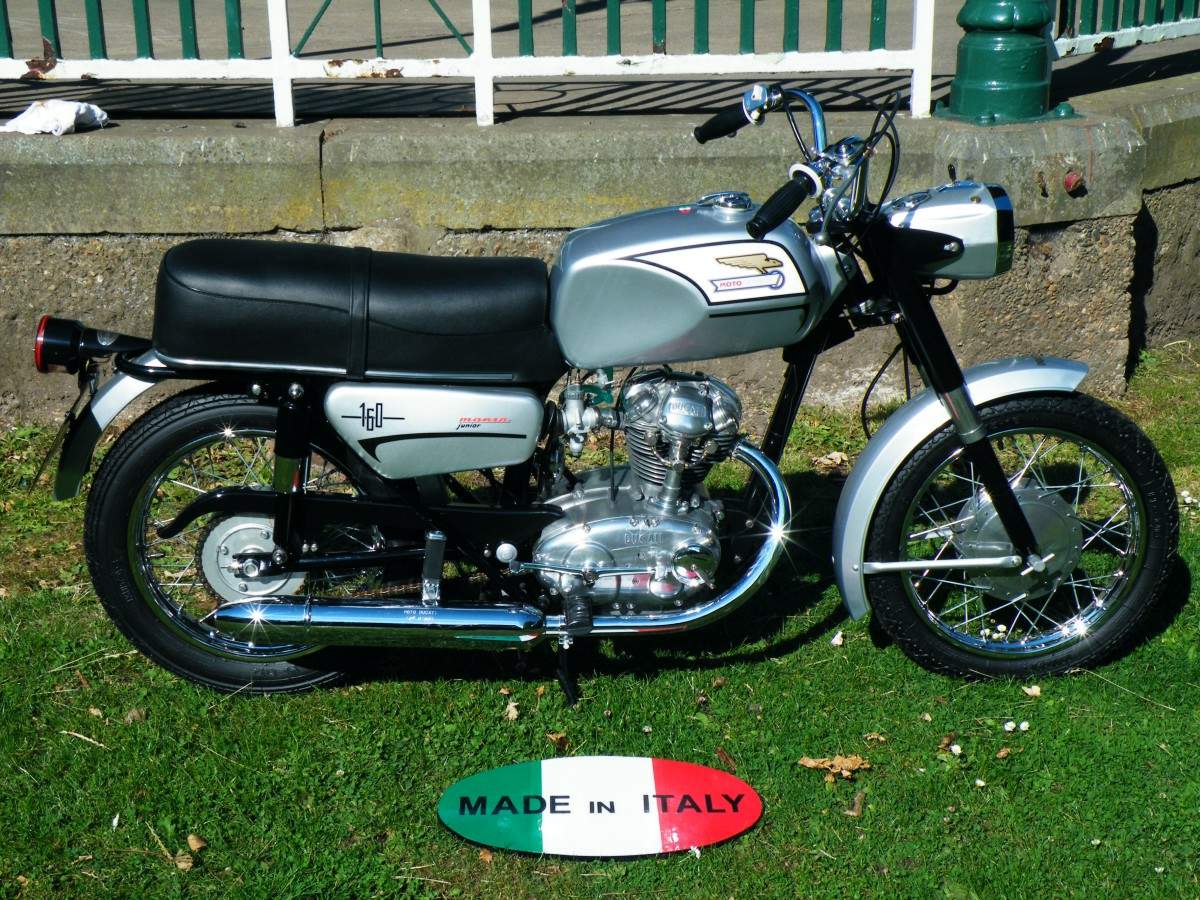
Source: https://www.motorcyclespecs.co.za/model/ducati/Ducati_160_monza.html

0 komentar:
Posting Komentar